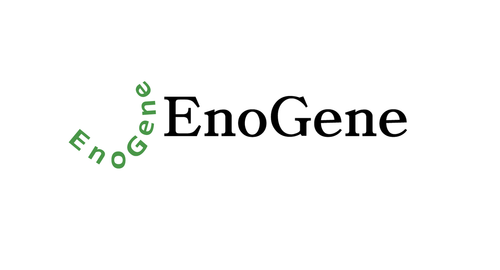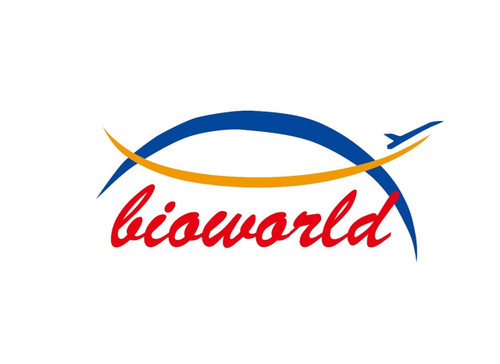Product Description
HBA2 Antibody | 63-935 | ProSci
Host: Rabbit
Reactivity: Human, Mouse
Homology: Predicted species reactivity based on immunogen sequence: Monkey
Immunogen: This HBA2 antibody is generated from rabbits immunized with a KLH conjugated synthetic peptide between 100-128 amino acids from the Central region of human HBA2.
Research Area: Other
Tested Application: WB, IHC-P, Flow
Application: For FACS starting dilution is: 1:25
For WB starting dilution is: 1:1000
For IHC-P starting dilution is: 1:50~100
Specificiy: N/A
Positive Control 1: N/A
Positive Control 2: N/A
Positive Control 3: N/A
Positive Control 4: N/A
Positive Control 5: N/A
Positive Control 6: N/A
Molecular Weight: 15 kDa
Validation: N/A
Isoform: N/A
Purification: This antibody is purified through a protein A column, followed by peptide affinity purification.
Clonality: Polyclonal
Clone: N/A
Isotype: Rabbit Ig
Conjugate: Unconjugated
Physical State: Liquid
Buffer: Supplied in PBS with 0.09% (W/V) sodium azide.
Concentration: batch dependent
Storage Condition: Store at 4˚C for three months and -20˚C, stable for up to one year. As with all antibodies care should be taken to avoid repeated freeze thaw cycles. Antibodies should not be exposed to prolonged high temperatures.
Alternate Name: Hemoglobin subunit alpha, Alpha-globin, Hemoglobin alpha chain, HBA1
User Note: Optimal dilutions for each application to be determined by the researcher.
BACKGROUND: HBA2 located on chromosome 16 spans about 30 kb and includes seven loci: 5'- zeta - pseudozeta - mu - pseudoalpha-1 - alpha-2 - alpha-1 - theta - 3'. The alpha-2 (HBA2) and alpha-1 (HBA1) coding sequences are identical. These genes differ slightly over the 5' untranslated regions and the introns, but they differ significantly over the 3' untranslated regions. Two alpha chains plus two beta chains constitute HbA, which in normal adult life comprises about 97% of the total hemoglobin; alpha chains combine with delta chains to constitute HbA-2, which with HbF (fetal hemoglobin) makes up the remaining 3% of adult hemoglobin. Alpha thalassemias result from deletions of each of the alpha genes as well as deletions of both HBA2 and HBA1; some nondeletion alpha thalassemias have also been reported.
 Euro
Euro
 USD
USD
 British Pound
British Pound
 NULL
NULL


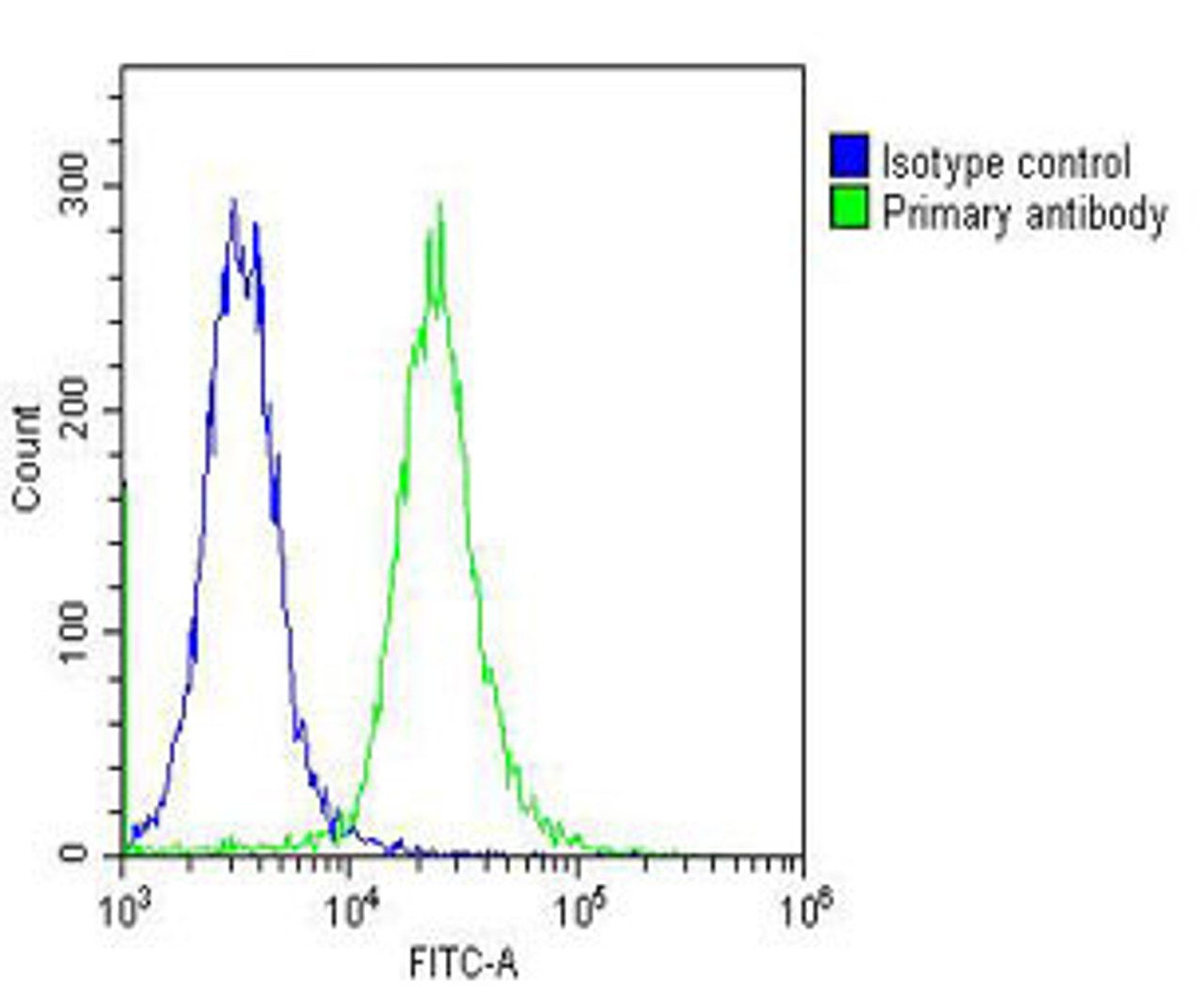
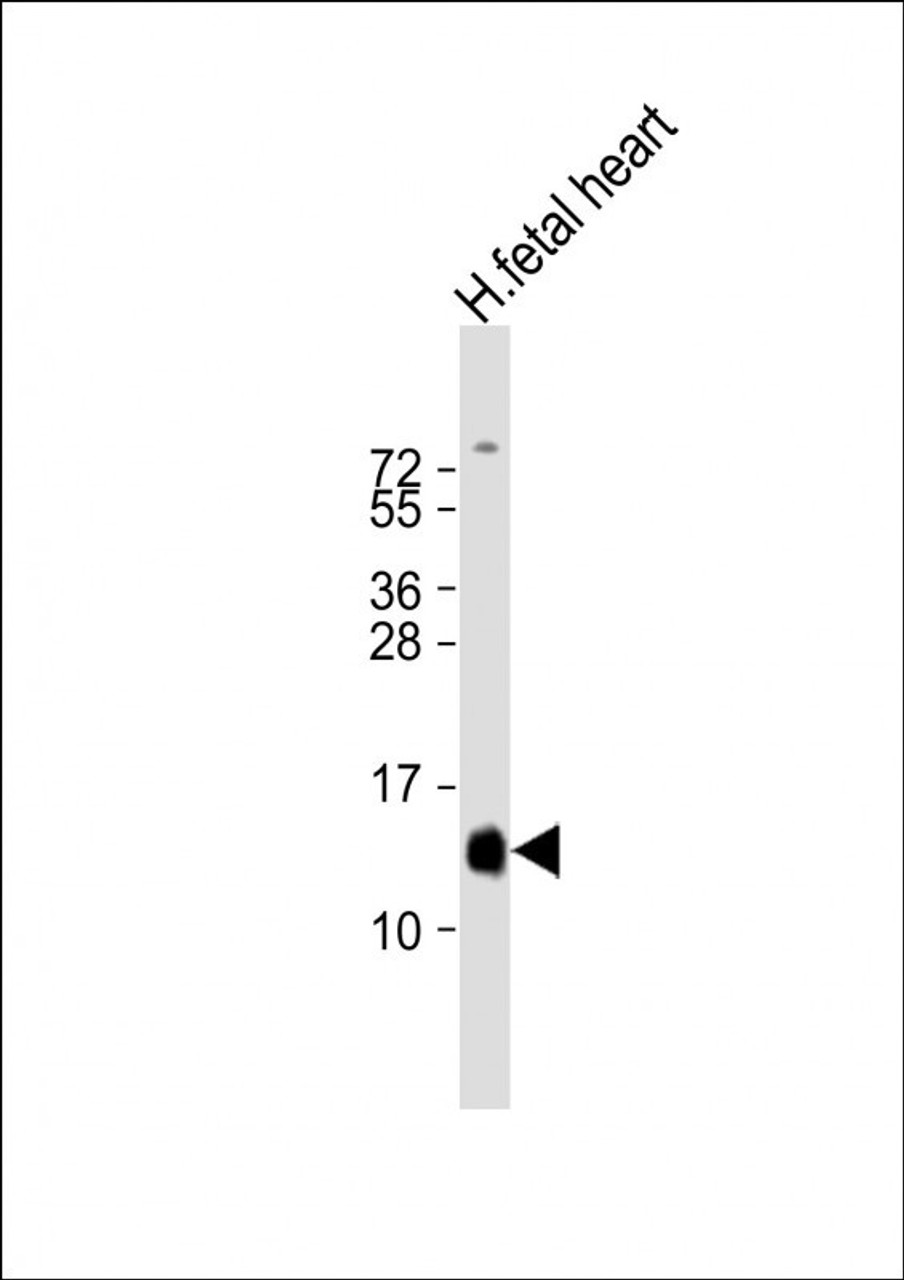



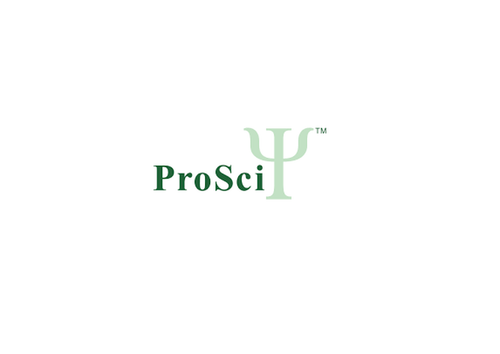

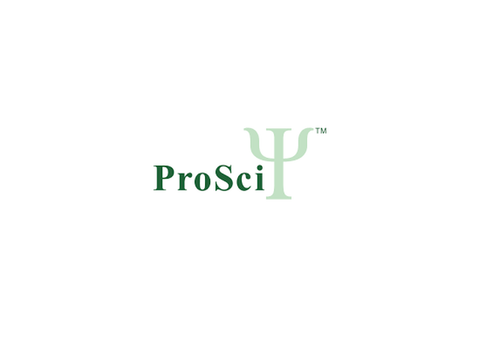
![HBA2 Antibody (Center) [APR06167G] HBA2 Antibody (Center) [APR06167G]](https://cdn11.bigcommerce.com/s-452hpg8iuh/images/stencil/500x659/products/868858/1160925/logo__92149.1659788186__94672.1659864555.png?c=2)
